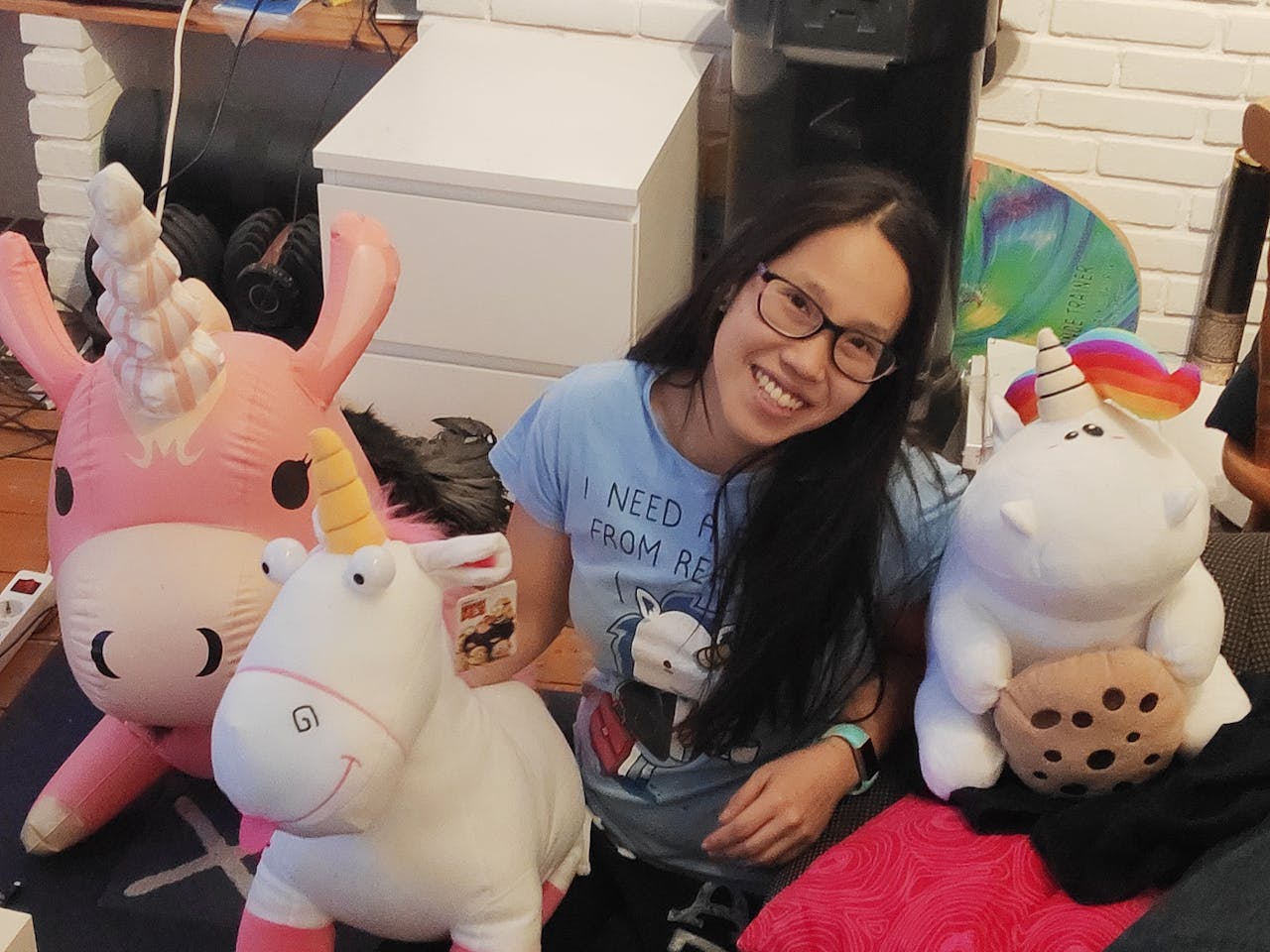Stel je voor, op een dag zegt de Nederlandse regering: “Wen, je bent super gaaf (ik: zekerrrr!!!) en een geweldige onderzoeker, hier is een miljoen euro voor je onderzoek!” Veel van mijn vriendinnen verwachten dat ik het geld gebruik om eenhoorns te bestuderen, ontwerpen en maken (oh ja, ik heb een lichte eenhoornverslaving). Hoe cool dat ook klinkt, ik wil liever focussen op slapende bacteriën.
Slaapbacteriën zijn niet-groeiende bacteriecellen die leven maar niet delen. Net als een beer een winterslaap heeft, kunnen bacteriën ook “slapen” als de omgeving te weinig voedsel heeft. Een voorbeeld dat je niet zou verwachten, is het bakkersgist dat gebruikt wordt om bijvoorbeeld pizza en brood te maken.
Apocalyps
Bakkersgist komt in een pakketje dat je in de supermarkt koopt. Dat gist is niet dood, het groeit gewoon niet. Ze beginnen pas te groeien als de omgeving weer genoeg te bieden heeft, bijvoorbeeld door het toevoegen van water en suiker. Dit is het moment voor hen om te zeggen: “Hé iedereen, de apocalyps is voorbij, we kunnen nu naar buiten, er is gratis eten (suiker)!”.
Kun je geloven dat deze kleine bacteriën zulke systemen bevatten om moeilijk omstandigheden te overleven? Toen ik erachter kwam, dacht ik “WooooooooW !!!, hoe doen ze het?!?!?!?!” Niet alleen hebben ze deze systemen ingebouwd, maar ze hebben ook verschillende systemen voor verschillende gelegenheden. Zoals te warm, te koud, te zuur, te weinig voedsel of te veel virussen (lees hier meer over een virusverdedigingssysteem). Een ander ding dat bacteriën niet leuk vinden, is antibiotica. Wij vinden antibiotica fijn omdat ze ons genezen van bacteriële infecties.

Ik heb een lichte eenhoornverslaving
Wen Wu voor NEMO KennislinkNieuwe antibiotica
Fun fact! Sommige antibiotica-resistente bacteriën, zijn eigenlijk gewoon slapende bacteriën. Antibiotica richten zich op groei en je kan iets niet doden dat niet echt leeft, toch? Misschien kunnen we door meer kennis op te bouwen van slapende bacteriën nieuwe antibiotica maken die dit probleem oplost.
Er is zoveel dat we niet weten over slapende bacteriën, en het zou heel gaaf zijn om dat te ontdekken. Ik denk dat het heel moeilijk is om zulke onderzoeken te doen, want hoe kun je iets studeren dat niet groeit en toch uitvinden wat er binnenin gebeurt? Maar ik ben zo benieuwd naar deze gave bacteriën dat ik de uitdaging aan wil gaan. Als het onderzoek niet lukt, kan ik altijd terugvallen op het idee van een eenhoorn, misschien een vliegende eenhoorn. Ja, ik ben er heel zeker van dat belastingbetalers en de wereld tevreden zijn over vliegende eenhoorns!
Dus, wat zou ik doen met een miljoen? ….. rondhangen met slapende bacteriën. Fluistert: “shhhh, probeer ze niet wakker te maken”.
Tot de volgende keer!
-Wen


